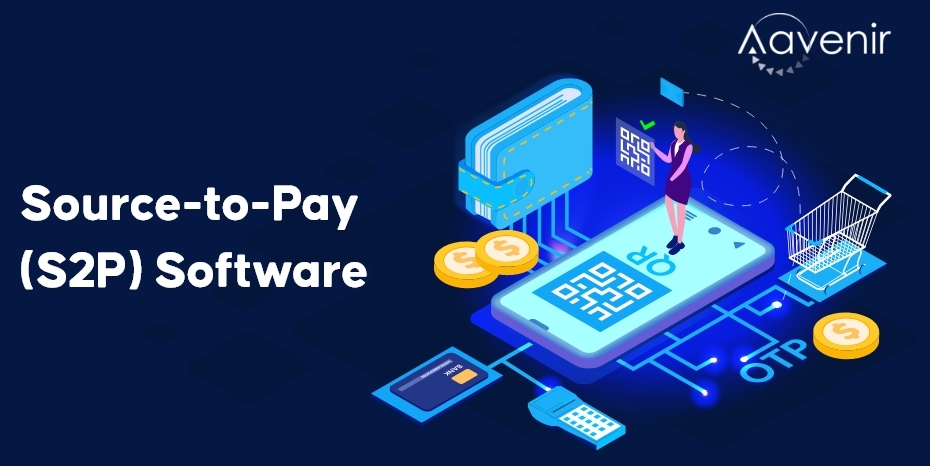What is S2P Software?- Definition
Source-to-pay is software vital for the smooth functioning of purchasing departments. This particular software enables multiple activities such as auctions, spend analysis, purchasing categories management, purchase requisitions, sourcing events, billing, and vendor relations within the same solution.

Understanding S2P Software
Source-to-pay (S2P) software is the end-to-end sourcing and procurement process for finding, evaluating, and contracting with suppliers of goods or services, ultimately resulting in a vendor payment. S2P goes one step further than procure-to-pay (P2P) by adding strategic sourcing that precedes the procurement process, using big data and digital networks.
Source-to-pay adds more steps, beginning earlier than the procure-to-pay process. Both processes include some purchasing functions and the processing of invoices by accounts payable and vendor payments.
How is S2P Different from Procure to Pay?
S2P (Source to pay) is different from procure-to-pay because it begins earlier than procure-to-pay.
Source to pay includes specifying a product or service need, preparing RFI questionnaires, RFQ, or RFP documents (when required), obtaining bids, qualifying vendors, negotiating and scheduling a purchase contract before procurement, performing PO and payables processes, and payment.
Procure-to-pay begins after sourcing steps, starting with the procurement team preparing the purchase orders (using purchase requisitions). Procure-to-pay continues with the accounts payable department that processes vendor invoices and makes payments to suppliers.
What Are the Advantages of Using S2P Software?
The bottom line is that businesses that have the right digital tools in place will have a competitive advantage over other enterprises that don’t use modern software. The benefits of source-to-pay computer programs include:
- Real-time data analysis
- More competitive bids from potential suppliers
- Enhanced vendor qualification and evaluation
- Online eAuctions and negotiations
- Long-term cost savings
- Process automation with a streamlined workflow
- More accurate automated spend analysis by vendor and product or service category
- Reduced processing costs
- Easier cash flow analysis
- Simpler business processes
- Streamlined supply chain management and spend management
- More efficient risk management
- Easier-to-track supplier information
- Overall better user experience

